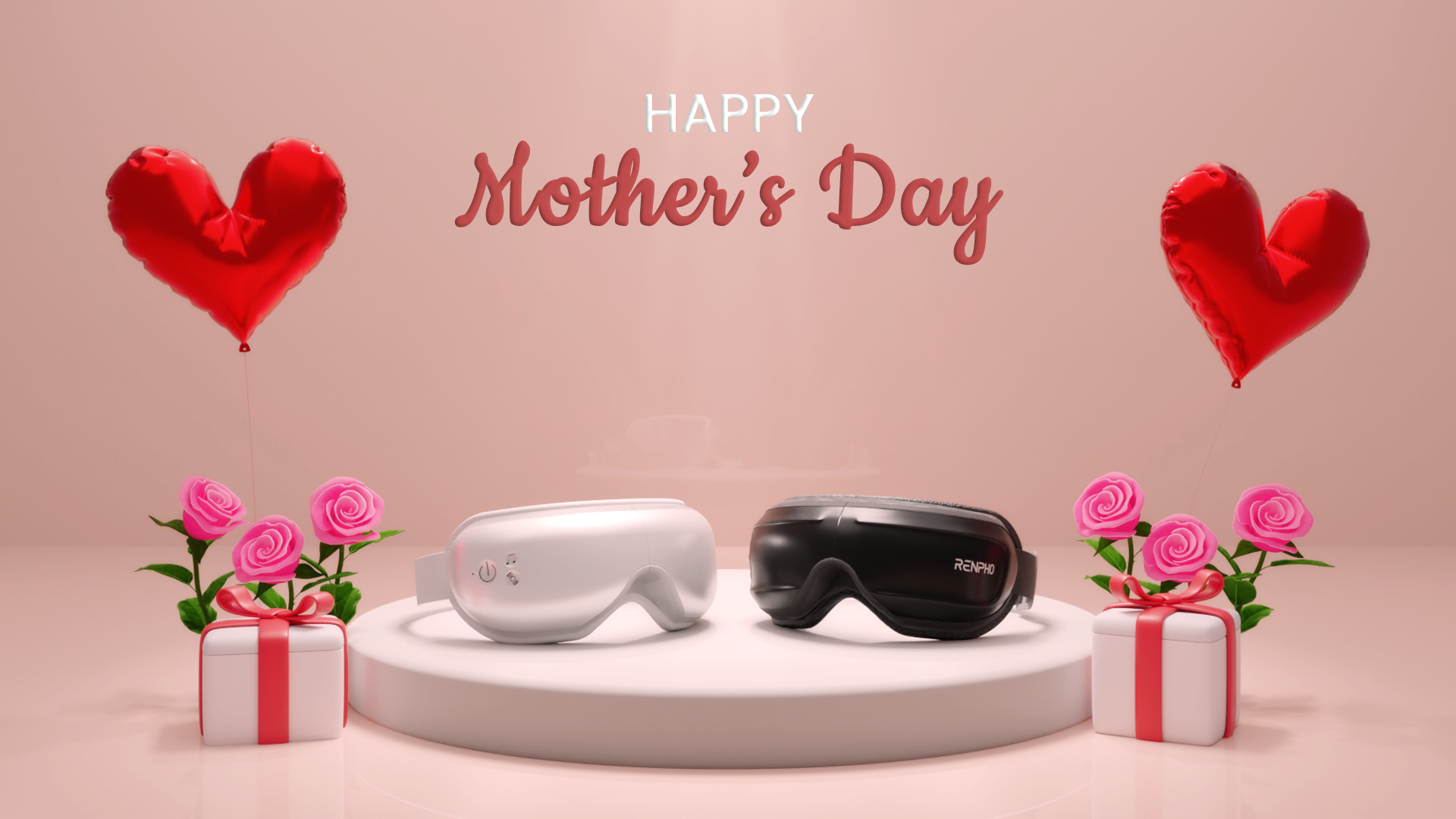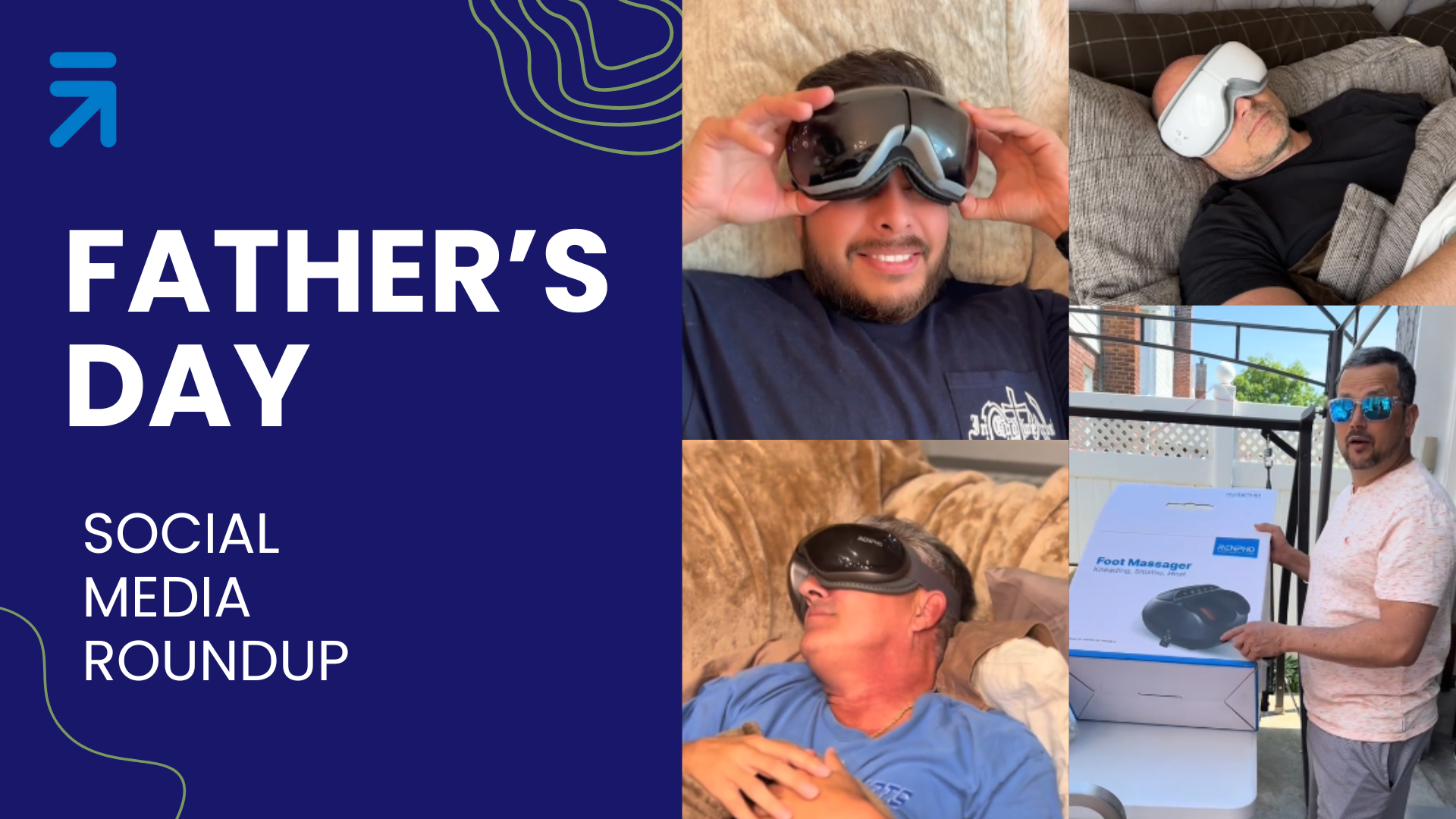Often accompanied by other symptoms such as nausea, vomiting, and sensitivity to light and sound, migraines are actually as common in children, as they are with adults. According to Cleveland Clinic, around 2.5% of children younger than the age of 7 have had migraines, while 5% of children about the age of 10 have also experienced migraines. As migraines could continue as the child grows, approximately 10% of children ages 5 to 15 get migraines. Understanding the differences between adult and child symptoms, common triggers and environmental factors, and the role of genetics can help to effectively manage and treat this condition in children. The American Migraine Foundation lists down the migraine symptoms your child might be experiencing or has experienced. If your child experiences any of the symptoms below, it may be a migraine and consulting a doctor would be best. There are also migraine triggers and other environmental factors that you may not know are affecting children, such as certain foods (processed meats, chocolate, and aged cheese), lack of sleep, changes in routine, dehydration, and exposure to bright lights or loud noises. The American Migraine Foundation also states that a migraine is hereditary, meaning there is a 50-75% chance that a child with a parent experiencing migraines will be affected. Knowing the family’s medical history, especially regarding migraines, can help children and teenagers get an early and accurate diagnosis. Pediatric migraines are a common yet often misunderstood condition, with some healthcare professionals deeming it as challenging with children's limited articulation of their symptoms. However, as parents or guardians, gathering details about a child's migraines is the first step. Before booking a doctor's appointment, take note of your child's migraine history, listing down current and previous headaches — specifically, how your child feels before, during and after their migraines. Collect information on how often their migraines happen, how long they last, and any other symptoms they might experience. Remember to list down the medications your child may be taking currently and previously for the doctor to assess. Based on the experienced symptoms and physical exam results, if some findings are not normal, the doctor or healthcare professional may want to proceed with other tests or procedures such as sinus x-rays, MRIs, CT scans, and spinal taps. Depending on your child's symptoms and pain experiences, their pediatric migraine treatment would include a combination of acute and preventive approaches to manage their condition effectively. Acute treatment options focus on relieving the symptoms during an attack, which may involve non-prescription pain relievers such as ibuprofen and acetaminophen in age-appropriate dosages. In some cases, prescription medications like triptans or anti-nausea medications may be prescribed by a healthcare provider. On the other hand, preventive measures aim to reduce the frequency and intensity of future migraines, with options such as antiepileptic drugs, beta-blockers, or certain antidepressants. These medications are often prescribed when migraines are frequent and significantly impact a child's daily life. Aside from prescribed medications, lifestyle changes and home remedies can help in managing pediatric migraines. Encouraging regular sleep patterns, maintaining a balanced diet, managing stress levels, and staying hydrated can all help reduce the frequency and severity of your child's migraines. The perfect health device can not only help relieve your child's migraine pain, but the entire family's migraines. The RENPHO Eyeris 3 Eye Massager features voice-activated controls and multiple massage modes, including a heat function that operates at a soothing temperature range of 104℉-107℉. The eye massager also comes with a removable cooling gel mask, which can be chilled and applied to offer a cooling compress, further aiding in the relief of migraine symptoms by reducing eye strain and fatigue. When your child's symptoms become severe or occur more frequently, it is important to seek a healthcare provider experienced in pediatric migraine management. They can provide a comprehensive evaluation and develop an individualized treatment plan, as well as further guide the use of medications, lifestyle changes, and recommend additional therapies if needed.
Severe and frequent migraines could affect children in different ways, and it is important to detect pediatric migraines early on. As children may have difficulty with verbalizing the pain they are experiencing, their migraines often go unrecognized or are misdiagnosed, affecting their ability to attend school regularly, participate in activities, and develop social relationships. Understanding Migraines in Children

Diagnosing Pediatric Migraines

Treatment and Management

Renpho Health Tips
-

RENPHO Buzz: Why RENPHO is the Ultimate Mother’s Day Surprise!
May 7, 2024
Read more >
-

Understanding and Managing Migraines During Pregnancy
June 9, 2024
Read more >
-

RENPHO Social Media Roundup: Father's Day Edition
June 5, 2024
Read more >
-

How to Massage Your Migraines Away with an Eye Massager
June 3, 2024
Read more >
-

The Ultimate Headache Relief Guide: Tips for Fast and Long-Term Relief
June 4, 2024
Read more >



































